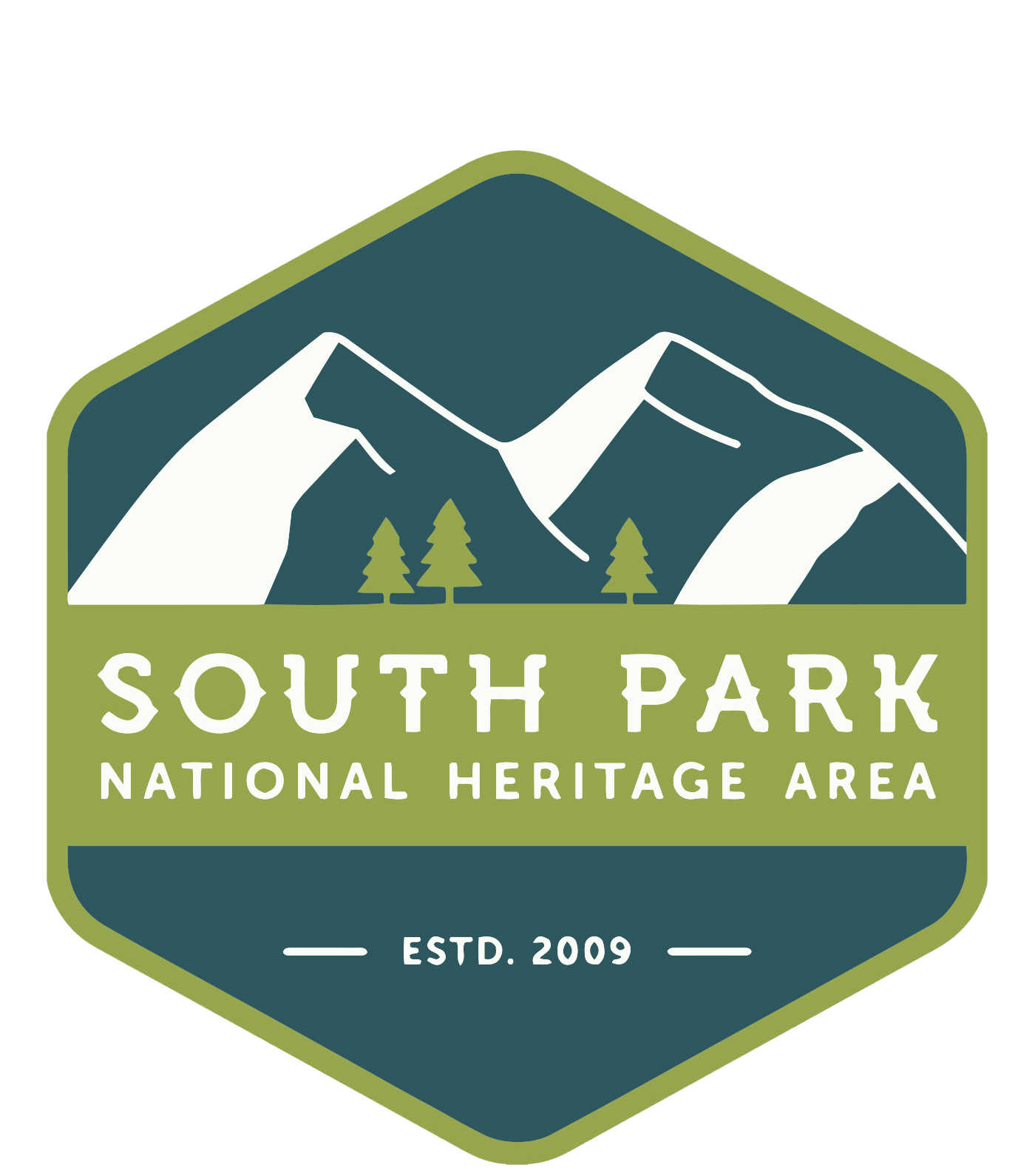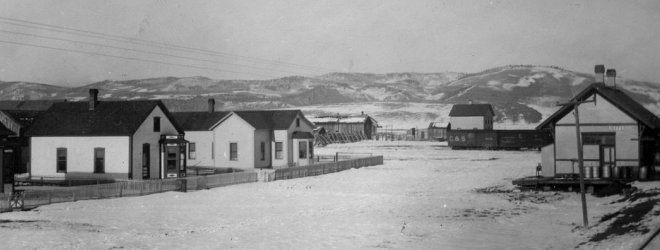The community of Jefferson was established when the Denver, South Park & Pacific Railroad stretched its tracks across South Park in 1879. At Jefferson, the railroad built a frame depot and a two-story section house. The post office was established on October 3, 1879. The townsite was laid out by Willard Head, a rancher who donated land for the railroad right-of-way. A plat of the town was filed by W.R. Head in January 1883, who obtained a contract to furnish ties for the railroad during its construction. The Head Ranch at Jefferson was described as encompassing about one thousand acres, of which the townsite encompassed forty acres. Head’s log house was a hotel and stage stop and still exists today.
 Jefferson developed flanking the railroad tracks, which ran northeast to southwest through the center of the community. The community became principally a supply and service center for the prosperous ranches in the surrounding area. In 1882, the Fairplay Flume reported that W.R. Head was building a new store at Jefferson for ranch patrons. By 1884, the town included two butcher shops, a blacksmith shop, a saloon, and a lumber mill, as well as Head’s hotel and store. A small school building also served as the community hall before a defunct cheese factory became available to local residents for that purpose. The school was also the site of church services held once or twice a month when Father Dyer was able to visit.
Jefferson developed flanking the railroad tracks, which ran northeast to southwest through the center of the community. The community became principally a supply and service center for the prosperous ranches in the surrounding area. In 1882, the Fairplay Flume reported that W.R. Head was building a new store at Jefferson for ranch patrons. By 1884, the town included two butcher shops, a blacksmith shop, a saloon, and a lumber mill, as well as Head’s hotel and store. A small school building also served as the community hall before a defunct cheese factory became available to local residents for that purpose. The school was also the site of church services held once or twice a month when Father Dyer was able to visit.
For many years, Jefferson was a railroad shipping point, with stock pens for shipping cattle and sheep from nearby ranches. George Champion, Sr., a native of England, moved his general mercantile to Jefferson as railroad builders pushed over Kenosha Pass. Champion was postmaster and agent for the cheese factory established at Jefferson in 1892. The ranchers supplied milk for the factory, and a cheesemaker ran the plant. The factory was organized by several ranchers whose product was known as South Park Full Cream Cheese. According to George Champion, Jr., the factory only operated for about two years and the equipment was then sold. After the cheese factory went out of business, the facility was used as a community meeting place. George Champion, Jr., recalled that “the population of Jefferson was never large and probably never exceeded seventy-five to eighty permanent residents. But the general store, saloon, blacksmith shop, and harness shop drew a constant flow of business from the surrounding ranches whose industry was hay and cattle.” The community of Jefferson remains small today but continues to be a central meeting place for the ranching community and an important stop for people traveling across South Park.

